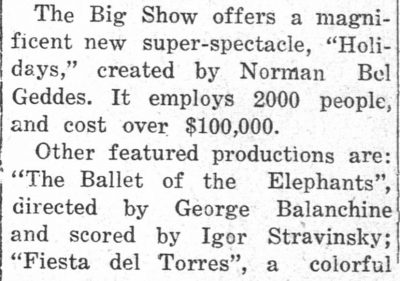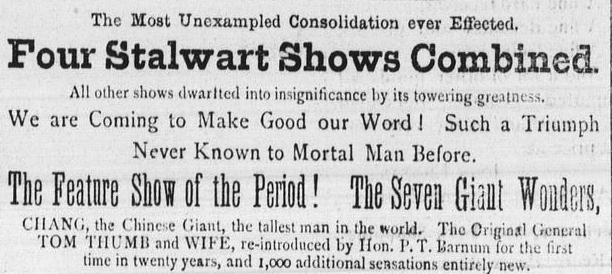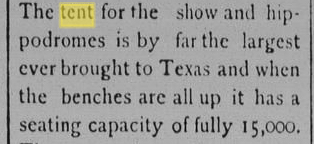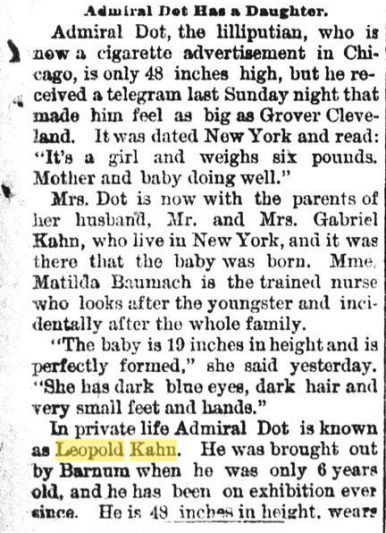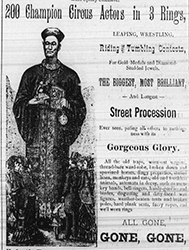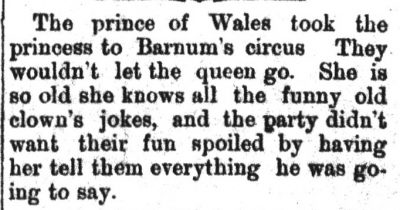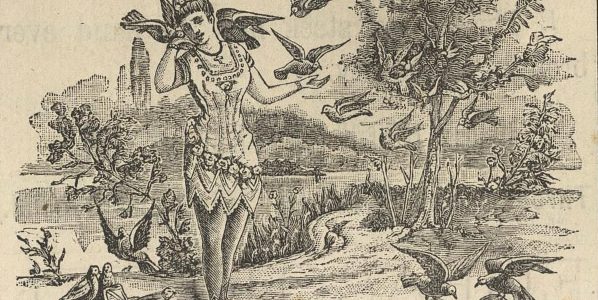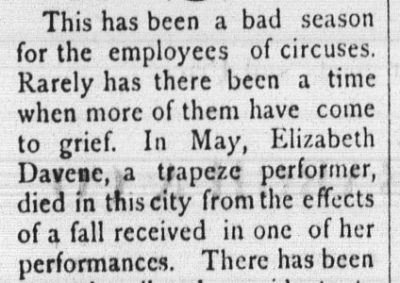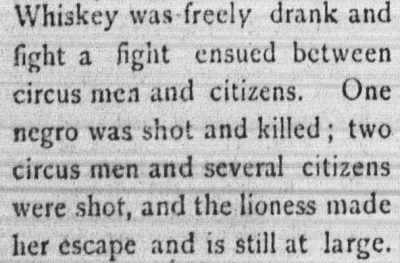The UNT Libraries’ Digital Newspaper Unit has digitized historic issues of The Gonzales Inquirer for Chronicling America, the Library of Congress’s repository of historic American newspapers. The UNT Libraries have received National Digital Newspaper Program (NDNP) grants from the National Endowment for the Humanities (NEH) to contribute Texas Newspapers to Chronicling America. The 2016-2018 award cycle focused on non-English newspaper content and newspapers published in Texas before the Civil War. The Gonzales Inquirer is also available on The Portal to Texas History as part of the Texas Digital Newspaper Program.
Sarah Lynn Fisher, UNT Libraries’ Project Coordinator for the NDNP-Texas grant, prepared this essay, which was edited by Leah Arroyo, Program Analyst at the NEH’s Division of Preservation and Access.

The Gonzales Inquirer was the first newspaper in Gonzales, Texas, and remains one of the oldest continuously operating newspapers in the state. S.W. Smith, previously a newspaperman in Alexandria, Louisiana, and D.H.S. Darst, an original member of the DeWitt Colony, a settlement in Mexican Texas, published the first issue on June 4, 1853. It states their reasons for publishing: only one other town along the Guadalupe River had a press at the time, and the two men saw a great need for “speculation on affairs of State,” as well as for advertising the “immense importations” of goods to a “large populous, wealthy county” — in 1853 the population stood at nearly 1,000 people, up from roughly 400 the previous year — “unsurpassed for beauty of scenery, fertility of soil and salubrity of climate in the State of Texas.” Noting the appetite of the region’s wealthy farmers for imported goods, advertisers from New York and New Orleans purchased space in the paper.
In their first editorial, Smith and Darst also detailed the great trouble they encountered bringing the press to Gonzales, in what was then a newly established frontier state. The type had to be “hauled over a hundred miles of very bad road … immediately after the fall of very heavy rains.” When it arrived, it included a box of the wrong front, and additionally, “several letters of the alphabet were missing.” Once the mistake was rectified, the publishers were able to print their first issue: a six-column, four-page broadsheet measuring 24 by 36 inches that came out on Saturdays. The masthead proclaimed the publication to be “Open To All Parties—Controlled By None.” The publishers set the subscription price at $3.00 per year.
The Inquirer continued with these specifications for many years. Although initially asserting to be independent in politics, by 1869 the paper had declared itself to be Democratic. After a short time, Darst sold his interest in the paper to Smith, who remained the editor and publisher for 25 years. Editor Carey J. Pilgrim increased the paper’s prominence in the state at the end of the 19th century: around 1870 the paper had approximately 700 subscribers; circulation rose to 1,000 by the turn of the century. By 1884, Pilgrim was the owner of the Inquirer and ushered in a new era by offering a junior partnership to an apprentice, Henry Reese, Jr. In 1887, D. L. Beach bought a half-interest in the paper from Pilgrim and continued as a partner with Reese, Jr., until Beach’s death in 1906.
The Reese family owned the paper for nearly 100 years and were involved with many economic activities in the town of Gonzales. Several members of the Reese family served as editors and publishers, including Reese, Jr.’s, half-sister Anne Reese; his wife Otelia Reese, who took over as publisher following his death in 1923; and their sons, Henry Reese, III, and Edward Reese. In 1991 the paper was bought by the Guadalupe Valley Publishing Company.
The Gonzales Inquirer has continued publication under the same name, except for a brief time around 1876 when it merged with the South-Western Index [LCCN: sn85033351] to become the Inquirer-Index. By 1877, however, the paper resumed as a separate publication. A daily edition [LCCN: sn83004780] published by Reese, Jr., and Beach, began on June 1, 1897, as a four-page, five-column paper. It eventually expanded to eight columns and six to ten pages and included a daily wire service.
For more information about the National Digital Newspaper Program, you can visit the NEH NDNP page.
 |
References
Gonzales County Historical Commission. (1986). The History of Gonzales County, Texas. Curtis Media Corporation
Hardin, S. L. (2010, June 15). GONZALES, TX. In HANDBOOK OF TEXAS ONLINE. Retrieved from https://tshaonline.org/handbook/online/articles/hfg06
Smith, S. W. & Darst, D. H. S. (1853, June 4). Salutatory. The Gonzales Inquirer, 2.
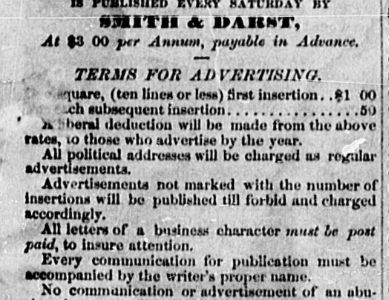
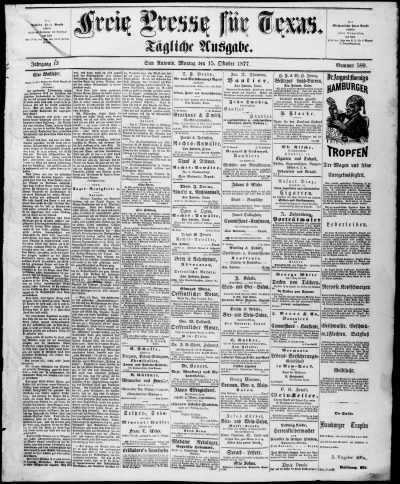 This month we are highlighting another newspaper title digitized by the UNT Libraries’ Digital Newspaper Unit for
This month we are highlighting another newspaper title digitized by the UNT Libraries’ Digital Newspaper Unit for 

